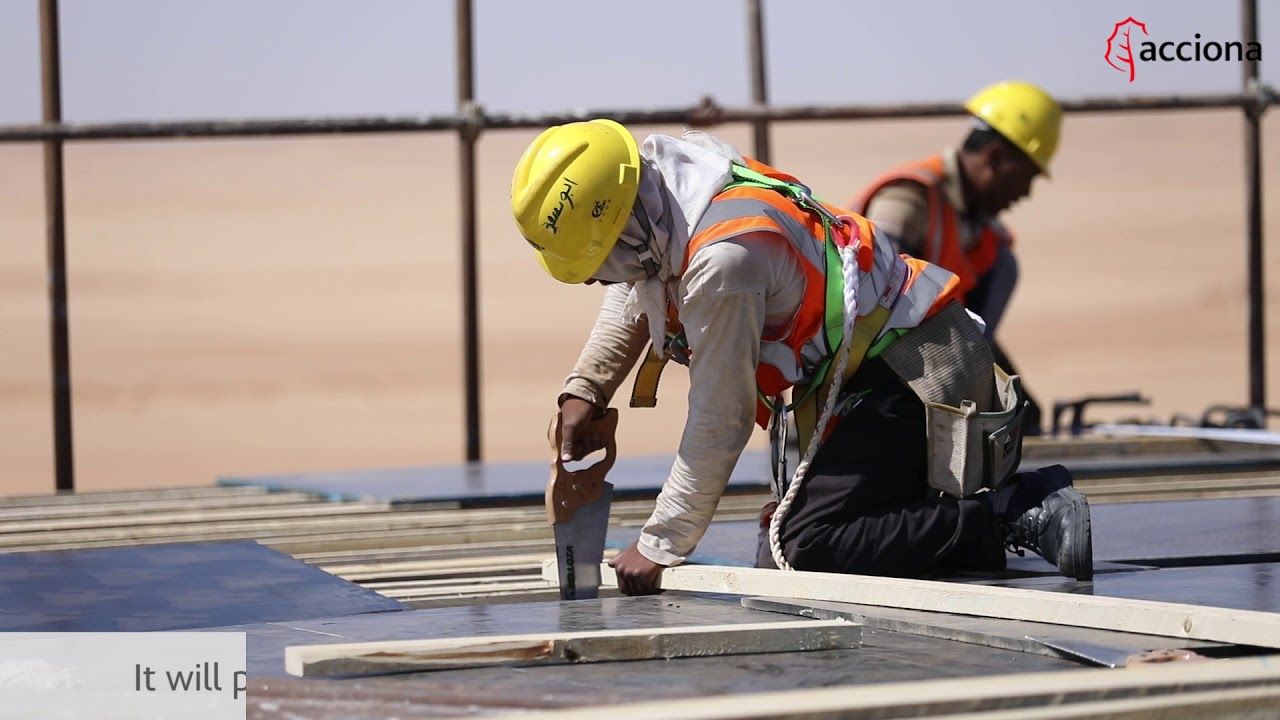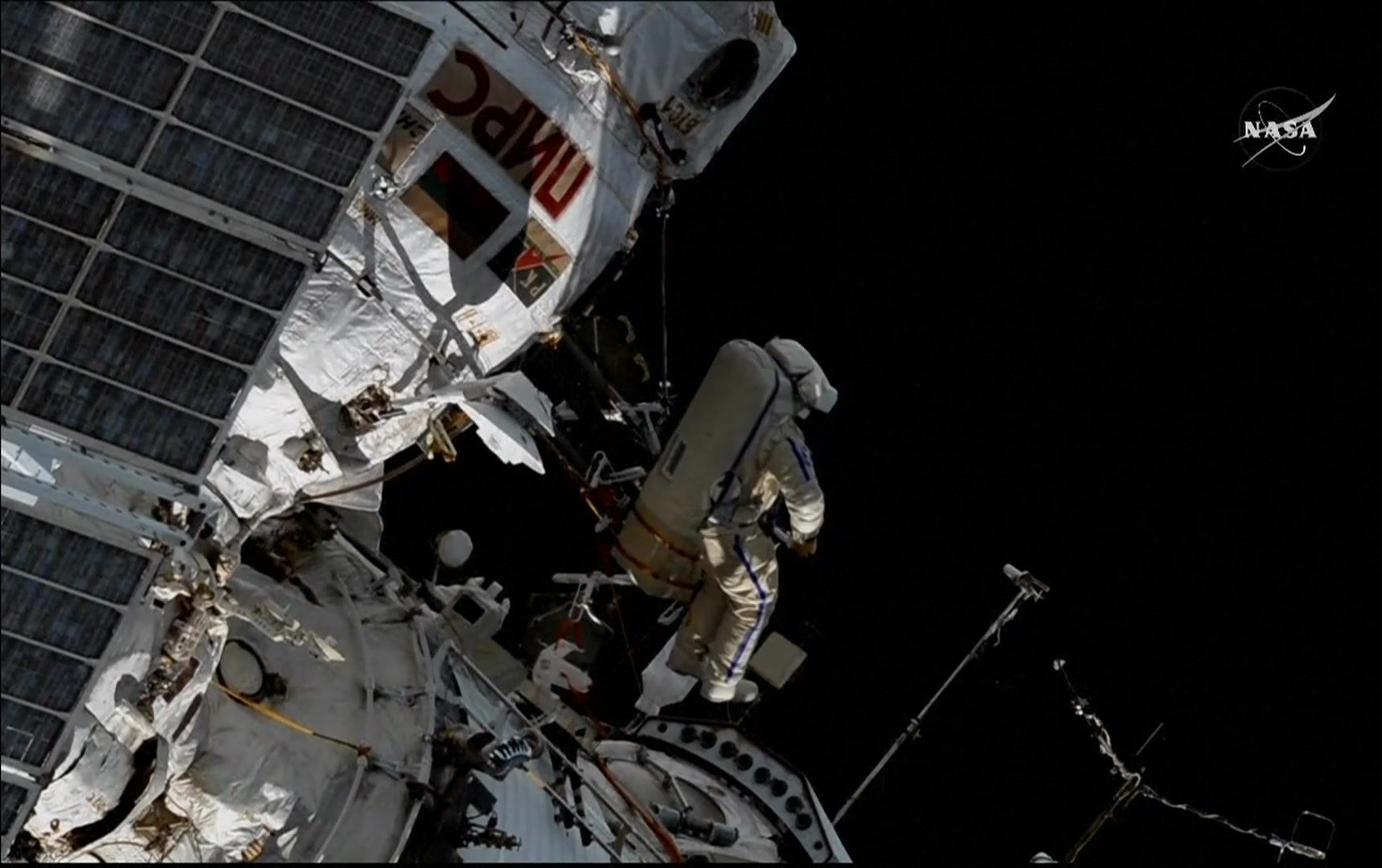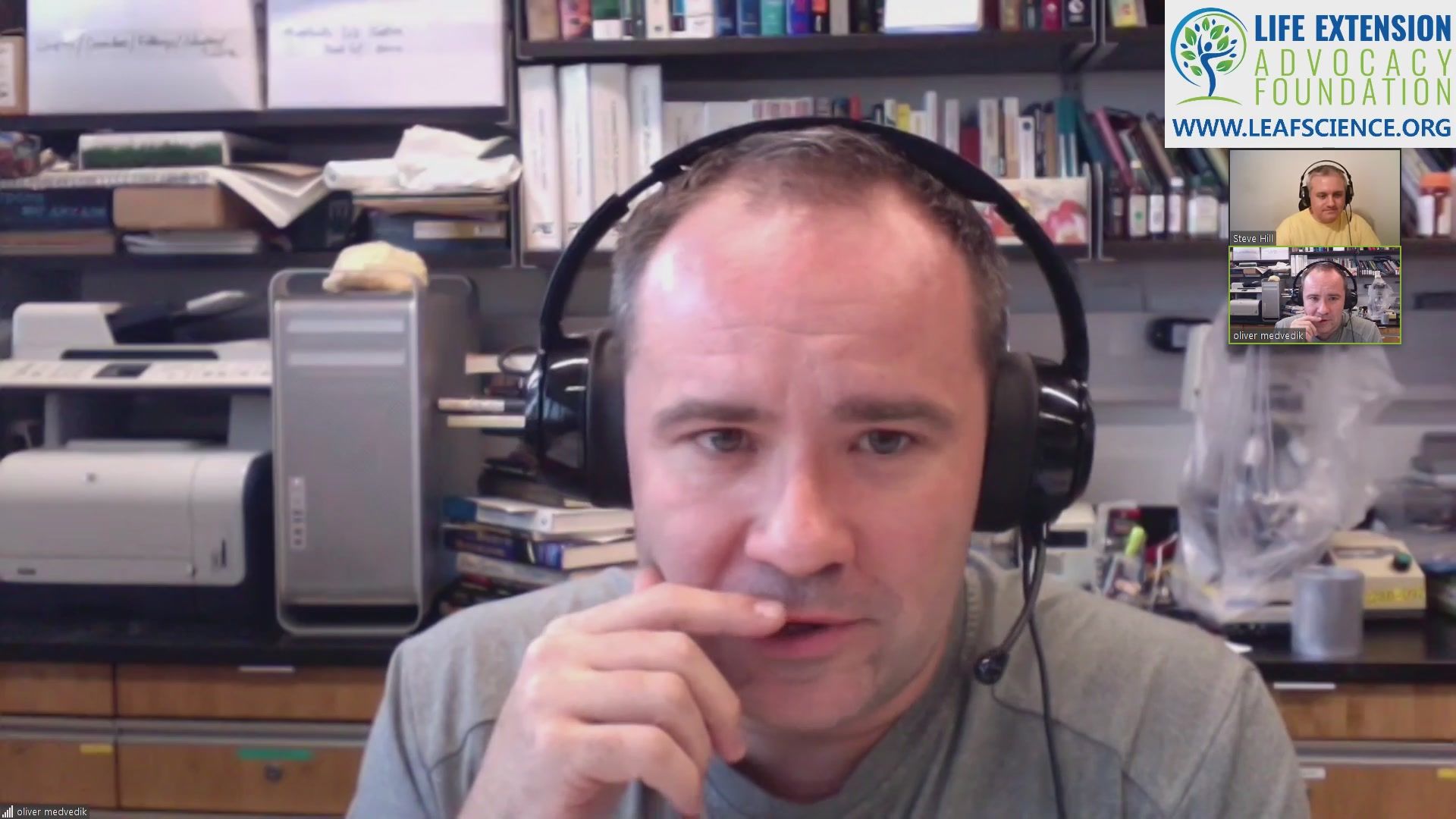Page 9494
Aug 21, 2018
The Transhumanist Bill of Rights version 2.0
Posted by Zoltan Istvan in categories: biological, information science, mobile phones, neuroscience, transhumanism
Level 4 – Awareness + World model: Systems that have a modeling system complex enough to create a world model: a sense of other, without a sense of self – e.g., dogs. Level 4 capabilities include static behaviors and rudimentary learned behavior.
Level 5 – Awareness + World model + Primarily subconscious self model = Sapient or Lucid: Lucidity means to be meta-aware – that is, to be aware of one’s own awareness, aware of abstractions, aware of one’s self, and therefore able to actively analyze each of these phenomena. If a given animal is meta-aware to any extent, it can therefore make lucid decisions. Level 5 capabilities include the following: The “sense of self”; Complex learned behavior; Ability to predict the future emotional states of the self (to some degree); The ability to make motivational tradeoffs.
Level 6 – Awareness + World model + Dynamic self model + Effective control of subconscious: The dynamic sense of self can expand from “the small self” (directed consciousness) to the big self (“social group dynamics”). The “self” can include features that cross barriers between biological and non-biological – e.g., features resulting from cybernetic additions, like smartphones.
Continue reading “The Transhumanist Bill of Rights version 2.0” »
Aug 21, 2018
SPACEWALK: Russian cosmonauts step out of the International Space Station for a spacewalk expected to last 6 hours and 50 minutes
Posted by Michael Lance in category: space
Aug 21, 2018
Our capacity for abstract thinking and dreams (a new brain-state of REM or paradoxical sleep) arose during the cold to warm blooded interface
Posted by Steve Nichols in category: neuroscience
“Self volition” evolved in direct inverse to atrophy of the primal eye. New Book coming soon https://www.academia.edu/36239908/Finite_to_Infinite_State
Aug 21, 2018
Journal Club August 2018 — TGFβ inhibition restores liver regeneration
Posted by Steve Hill in category: biotech/medical
Click on photo to start video.
Today we will be taking a look at a new paper that shows inhibiting TGFβ can boost liver regeneration.
If you like watching these streams and/or would like to participate in future streams, please consider supporting us by becoming a Lifespan Hero: https://www.lifespan.io/hero
Continue reading “Journal Club August 2018 — TGFβ inhibition restores liver regeneration” »
Aug 21, 2018
How to Protect Yourself Against a SIM Swap Attack
Posted by Genevieve Klien in category: cybercrime/malcode
Your phone number is increasingly tied to your online identity. You need to do everything possible to protect it.
Aug 21, 2018
Supersized solar farms are sprouting around the world (and maybe in space, too)
Posted by Genevieve Klien in categories: solar power, space, sustainability

In a quest to cut the cost of clean electricity, power utilities around the world are supersizing their solar farms.
Nowhere is that more apparent than in southern Egypt, where what will be the world’s largest solar farm — a vast collection of more than 5 million photovoltaic panels — is now taking shape. When it’s completed next year, the $4 billion Benban solar park near Aswan will cover an area 10 times bigger than New York’s Central Park and generate up to 1.8 gigawatts of electricity.
Continue reading “Supersized solar farms are sprouting around the world (and maybe in space, too)” »
Aug 21, 2018
SpaceX and NASA Settle Clash Over Astronaut Safety
Posted by Genevieve Klien in category: space travel
Aug 21, 2018
Bank of England’s chief economist warns A.I. could threaten ‘large’ amount of jobs
Posted by Derick Lee in categories: economics, employment, finance, robotics/AI
“This is the dark side of technological revolutions and that dark side has always been there,” Haldane added. “That hollowing out is going to be potentially on a much greater scale in the future, when we have machines both thinking and doing — replacing both the cognitive and the technical skills of humans.”
Haldane said that the so-called Fourth Industrial Revolution — a digitally-driven paradigm shift similar to previous industrial revolutions in the West — had the potential to displace numerous jobs and leave people “technologically unemployed.”
“Each of those [industrial revolutions] had a wrenching and lengthy impact on the jobs market, on the lives and livelihoods of large swathes of society,” Haldane told the BBC.
Aug 21, 2018
Ecosystems are getting greener in the Arctic
Posted by Bill Kemp in categories: climatology, sustainability
In recent decades, scientists have noted a surge in Arctic plant growth as a symptom of climate change. But without observations showing exactly when and where vegetation has bloomed as the world’s coldest areas warm, it’s difficult to predict how vegetation will respond to future warming. Now, researchers at the U.S. Department of Energy’s Lawrence Berkeley National Laboratory (Berkeley Lab) and UC Berkeley have developed a new approach that may paint a more accurate picture of Arctic vegetation and our climate’s recent past – and future.
In a study published online Aug. 20 in Nature Climate Change, the researchers used satellite images taken over the past 30 years to track – down to a pixel representing approximately 25 square miles – the ebb and flow of plant growth in cold areas of the northern hemisphere, such as Alaska, the Arctic region of Canada, and the Tibetan Plateau.
The 30-year historic satellite data used in the study were collected by the National Oceanic and Atmospheric Administration’s Advanced Very High Resolution Radiometer. The data was processed by Boston University, and is hosted on NEX – the NASA Earth Exchange data archive.

















